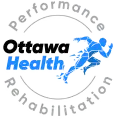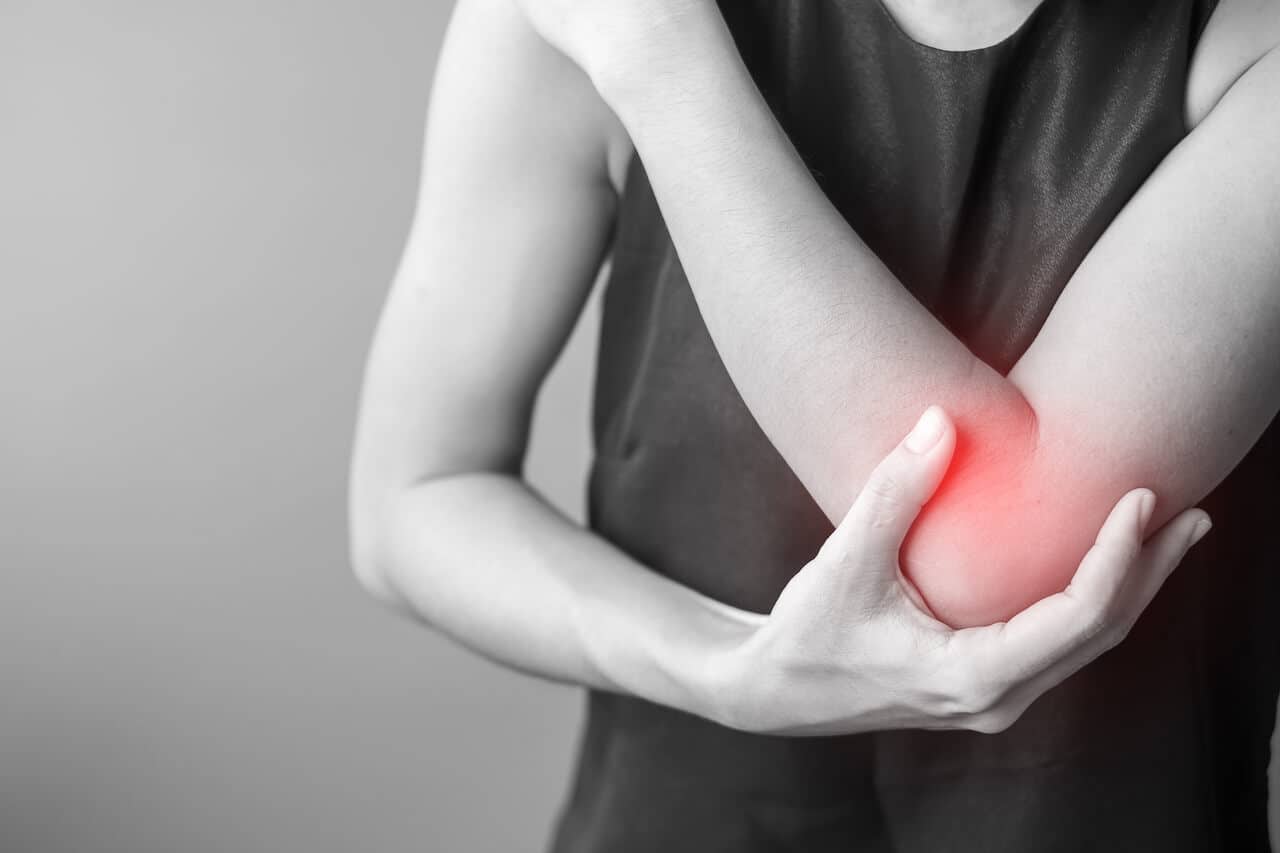Tennis Elbow Explained
Understanding Tennis Elbow
Tennis elbow, medically known as lateral epicondylitis, is a condition characterized by pain and inflammation near the outer part of the elbow. It primarily affects the tendons and muscles that control wrist and finger movements. Contrary to its name, tennis elbow doesn’t just affect athletes; it can affect anyone who performs repetitive arm and wrist activities.
Symptoms often include pain or burning on the outer part of the elbow and a weakened grip. These symptoms can make daily activities challenging, from shaking hands to holding objects. For those seeking relief, our physiotherapy treatment options provide tailored solutions to alleviate symptoms.
Common Causes and Symptoms
Tennis elbow is often the result of overuse and repetitive motions. These can cause small tears in the tendons that attach the forearm muscles to the lateral epicondyle, the bony bump on the outer part of the elbow. Here are some common causes and symptoms associated with this condition:
Common Causes:
- Repetitive wrist and arm motions
- Poor technique in sports like tennis
- Activities involving heavy lifting or gripping
- Occupations requiring repetitive hand movements (e.g., carpentry, painting)
Common Symptoms:
- Pain on the outer part of the elbow
- A burning sensation in the elbow
- Weak grip strength
- Discomfort when lifting or bending the arm
- Pain when twisting the forearm (e.g., opening a jar)
| Symptom | Description |
|---|---|
| Pain | Located on the outer part of the elbow |
| Burning Sensation | Primarily around the lateral epicondyle |
| Weak Grip | Difficulty grasping objects firmly |
| Discomfort | During arm lifting or bending activities |
| Twisting Pain | Pain experienced when rotating the forearm |
Understanding these causes and symptoms helps in recognizing the condition early. Timely diagnosis and intervention through physiotherapy exercises can significantly improve recovery outcomes. For comprehensive treatment tailored to your needs, consider consulting a physiotherapy clinic near you to start your journey toward recovery.
Importance of Physiotherapy
Role of Physiotherapy in Treating Tennis Elbow
Physiotherapy plays a crucial role in the management and recovery of tennis elbow. By utilizing targeted exercises and manual therapies, we can alleviate pain and enhance the functionality of the affected arm. Physiotherapists employ various techniques to address inflammation and promote healing, focusing on restoring strength and flexibility to the injured area.
In treating tennis elbow, our physiotherapy sessions may include soft tissue massages, joint mobilizations, and specific stretching exercises aimed at reducing pain and improving range of motion. Additionally, we emphasize ergonomics and activity modification to prevent exacerbation of symptoms.
A well-rounded physiotherapy treatment plan for tennis elbow helps patients understand the mechanics of their condition and educates them on strategies to avoid repetitive strain injuries in the future.
Benefits of Physiotherapy for Tennis Elbow
The benefits of physiotherapy for tennis elbow are extensive, providing both immediate relief and long-term improvements. Key advantages include:
- Pain Reduction: Physiotherapy interventions such as manual therapy and specific exercises help in reducing pain by addressing the underlying causes and improving circulation.
- Enhanced Mobility: Stretching and strengthening exercises improve flexibility and mobility in the affected arm, allowing patients to regain normal function.
- Injury Prevention: Through education and ergonomic adjustments, we help prevent future episodes by teaching proper techniques and avoiding activities that may contribute to the injury.
- Improved Strength: Strengthening exercises target the muscles around the elbow, enhancing stability and reducing the likelihood of further injury.
- Faster Recovery: With guided physiotherapy, patients often experience a quicker recovery process compared to passive treatments, as active involvement accelerates healing.
| Benefit | Description |
|---|---|
| Pain Reduction | Manual therapy and targeted exercises alleviate discomfort and promote healing. |
| Enhanced Mobility | Flexibility exercises restore movement and functionality in the elbow joint. |
| Injury Prevention | Education on proper techniques and ergonomics helps avoid repetitive strain injuries. |
| Improved Strength | Strengthening programs build arm stability and resilience. |
| Faster Recovery | Active physiotherapy facilitates quicker rehabilitation by engaging the body’s natural healing. |
These benefits highlight the importance of incorporating physiotherapy into the treatment plan for tennis elbow. For more detailed information on the benefits of physiotherapy, visit our dedicated page.
To ensure optimal recovery and minimize the risk of recurrence, a tailored treatment plan will be designed based on a thorough assessment and diagnosis. Learn more about how our physiotherapy techniques, including manual therapy and therapeutic exercises, can help you achieve a full recovery.
Physiotherapy Techniques
Treating tennis elbow effectively requires a multi-faceted approach, blending various physiotherapy techniques to aid in pain relief and recovery. Here, we delve into three primary techniques used in physiotherapy for tennis elbow.
Manual Therapy
Manual therapy is a hands-on technique utilized by physiotherapists to manipulate soft tissues and joints. This method aims at reducing pain, improving range of motion, and enhancing overall function.
Key Components of Manual Therapy:
- Joint Mobilization: Gentle, controlled movements to improve joint function.
- Soft Tissue Manipulation: Massages targeting muscles, tendons, and ligaments.
- Trigger Point Therapy: Direct pressure applied to relieve tension and pain in specific areas.
The benefits of manual therapy are manifold and can play a crucial role in the rehabilitation process for tennis elbow.
Therapeutic Exercises
Therapeutic exercises form the backbone of recovery in physiotherapy for tennis elbow. These exercises help in strengthening the muscles around the elbow, improving flexibility, and preventing future injuries.
Common Exercises:
- Wrist Extensor Stretch: Helps lengthen and relax the muscles.
- Resisted Wrist Extension: Strengthens the forearm muscles.
- Finger Stretch: Enhances the dexterity and strength of the fingers.
For detailed exercise regimens, refer to our article on physiotherapy exercises. Regularly performing these exercises under professional guidance ensures optimal recovery and sustainability.
| Exercise Type | Target Area | Benefits |
|---|---|---|
| Wrist Extensor Stretch | Forearm | Lengthening, Muscle Relaxation |
| Resisted Wrist Extension | Wrist, Forearm | Strengthening |
| Finger Stretch | Fingers, Hands | Dexterity, Strength |
Modalities Used in Physiotherapy
Various modalities are employed in physiotherapy to alleviate pain, reduce inflammation, and accelerate healing. These modalities complement manual therapy and therapeutic exercises, providing a comprehensive treatment plan.
Common Modalities Include:
- Ultrasound Therapy: Utilizes sound waves to penetrate deep tissues, promoting healing and reducing inflammation.
- Electrical Stimulation: Uses electrical currents to alleviate pain and muscle spasms.
- Cryotherapy: Application of cold to reduce inflammation and numb sore tissues.
Each modality has its specific advantages and is chosen based on the individual’s needs and the severity of their condition. For an in-depth look at different modalities, explore our comprehensive guide on physiotherapy treatment.
By integrating these physiotherapy techniques, we not only address the symptoms of tennis elbow but also focus on long-term recovery and prevention. Through manual therapy, therapeutic exercises, and advanced modalities, we foster a holistic approach to healing.
Customized Treatment Plans
An individualized approach is crucial in physiotherapy for tennis elbow. We ensure each patient receives a tailored treatment plan best suited to their unique condition and recovery goals.
Assessment and Diagnosis
Our first step involves a comprehensive assessment and diagnosis to understand the extent and specifics of each case. This process includes:
- Medical History Review
- Physical Examination
- Diagnostic Imaging (if necessary)
- Functional Assessment
| Assessment Type | Purpose |
|---|---|
| Medical History | Understand previous injuries, treatments |
| Physical Examination | Identify pain points, range of motion |
| Diagnostic Imaging | Confirm diagnosis if needed |
| Functional Assessment | Evaluate impact on daily activities |
Tailored Exercise Regimens
A key element of physiotherapy for tennis elbow involves customized exercise regimens. These exercises are critical for strengthening and healing. Based on the assessment, we design a plan that may include:
- Stretching Exercises: Improve flexibility and reduce muscle tension.
- Strengthening Exercises: Target specific muscles around the elbow.
- Range-of-Motion Exercises: Enhance movement capability without pain.
| Exercise Type | Benefits |
|---|---|
| Stretching Exercises | Improves flexibility |
| Strengthening Exercises | Increases muscle strength |
| Range-of-Motion Exercises | Enhances movement without pain |
More detailed exercises and techniques can be found in our article on physiotherapy exercises.
Progress Monitoring
Ensuring continuous improvement requires regular progress monitoring. We evaluate the effectiveness of the treatment plan and make necessary adjustments. Key aspects include:
- Regular Check-Ins: Scheduled evaluations to track recovery.
- Outcome Measures: Assessing reductions in pain and improvements in function.
- Adjustments: Changing exercises or techniques as needed.
| Monitoring Method | Frequency | Purpose |
|---|---|---|
| Regular Check-Ins | Weekly or bi-weekly | Track recovery progress |
| Outcome Measures | Every visit | Assess pain reduction, function |
| Adjustments | As needed | Optimize treatment plan |
By focusing on customized treatment plans, we aim to provide the most effective physiotherapy for tennis elbow. For more details on our approach and techniques, visit our articles on physiotherapy treatment and physiotherapy clinic.
Beyond Treatment
Preventing Recurrence
It’s crucial to prevent the recurrence of tennis elbow, even after successful physiotherapy. By adopting preventive measures, we can ensure long-term relief and avoid future episodes. Regularly performing physiotherapy exercises tailored for tennis elbow can strengthen the muscles and tendons around the elbow. Using proper techniques during activities that strain the elbow also helps in minimizing the risk of recurrence.
Lifestyle Adjustments for Recovery
Incorporating lifestyle adjustments plays a significant role in our recovery journey. Ergonomic modifications in daily activities, such as using ergonomic tools and avoiding repetitive strain, can contribute greatly to recovery. Ensuring we maintain a proper posture during tasks can also alleviate stress on the elbow. Here are some adjustments we can consider:
- Use a mouse pad with wrist support.
- Take frequent breaks during repetitive tasks.
- Stretch and strengthen arm muscles regularly.
Long-Term Management of Tennis Elbow
Long-term management of tennis elbow involves a comprehensive approach that includes regular monitoring and adjustments. Attending follow-up sessions at a physiotherapy clinic can help in assessing progress and making necessary changes to the treatment plan. Continuing to engage in recommended exercises and maintaining a healthy lifestyle are essential for managing symptoms over time.
| Management Aspect | Description |
|---|---|
| Regular Exercises | Perform prescribed physiotherapy exercises daily. |
| Ergonomic Adjustments | Modify workstations and tools to reduce strain. |
| Follow-Up Sessions | Regularly visit the physiotherapy clinic for progress monitoring. |
| Healthy Lifestyle | Maintain overall physical fitness and avoid excessive strain on the elbow. |
For further information on managing other conditions through physiotherapy, explore our articles on physiotherapy for back pain and physiotherapy for shoulder pain. Together, we can elevate our recovery and lead a pain-free life.




